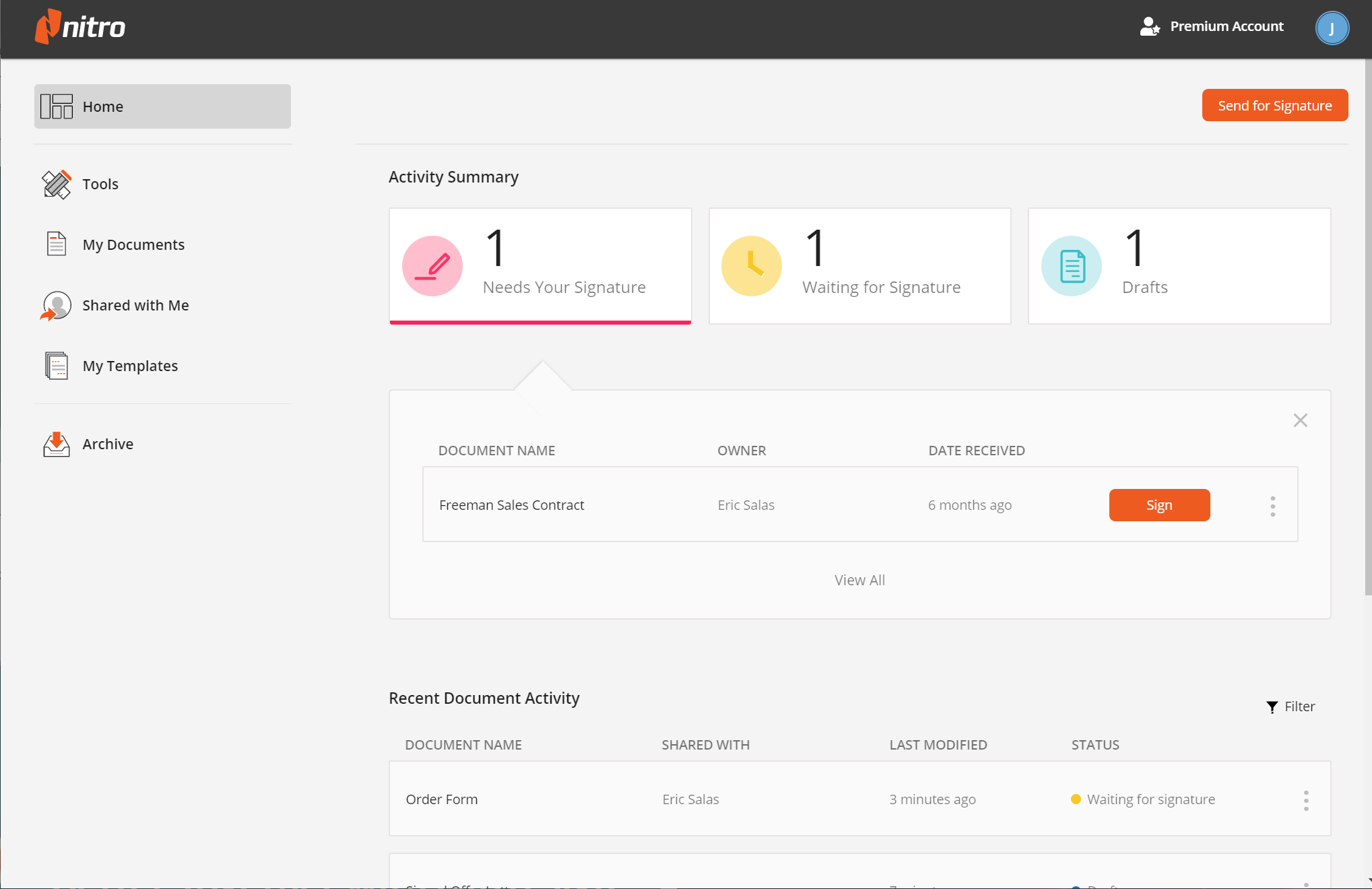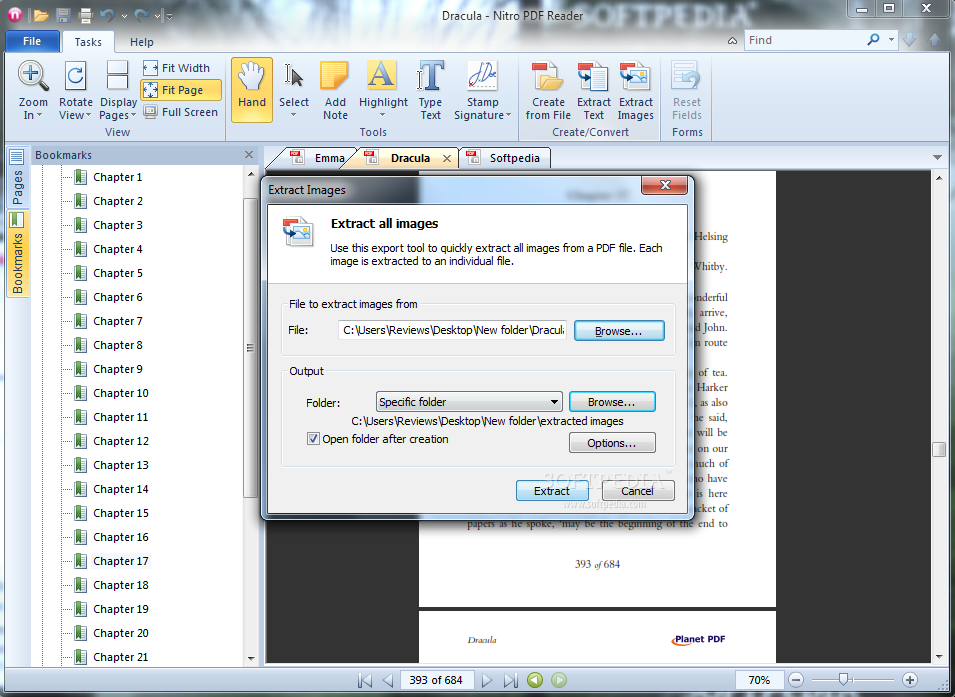

The data are consistent, however, in suggesting that nitroglycerin levels rise to steady state within an hour or so of application of ointment, and that after removal of nitroglycerin ointment, levels wane with a half-life of about half an hour. Published studies using older techniques provide results that often differ, in similar experimental settings, by an order of magnitude. Reliable assay techniques for plasma nitroglycerin levels have only recently become available, and studies using these techniques to define the pharmacokinetics of nitroglycerin ointment have not been reported. In one well-controlled clinical trial, subjects receiving nitroglycerin appeared to exhibit a rebound or withdrawal effect, so that their exercise tolerance at the end of the daily drug-free interval was less than that exhibited by the parallel group receiving placebo. To avoid development of tolerance to nitroglycerin, drug-free intervals of 10 - 12 hours are known to be sufficient shorter intervals have not been well studied. The dinitrates are further metabolized to (non-vasoactive) mononitrates and, ultimately, to glycerol and carbon dioxide. The dinitrates are less effective vasodilators than nitroglycerin, but they are longer-lived in the serum, and their net contribution to the overall effect of chronic nitroglycerin regimens is not known. The first products in the metabolism of nitroglycerin are inorganic nitrate and the 1,2- and 1,3-dinitroglycerols. The observed clearance rates (close to 1 L/kg/min) greatly exceed hepatic blood flow known sites of extrahepatic metabolism include red blood cells and vascular walls.

Pharmacokinetics: The volume of distribution of nitroglycerin is about 3 L/kg, and nitroglycerin is cleared from this volume at extremely rapid rates, with a resulting serum half-life of about three minutes. Only after nitrates had been absent from the body for several hours was their anti-anginal efficacy restored. Attempts to overcome nitrate tolerance by dose escalation, even to doses far in excess of those used acutely, have consistently failed. In the large majority of these trials, active agents were indistinguishable from placebo after 24 hours (or less) of continuous therapy. Several well-controlled clinical trials have used exercise testing to assess the anti-anginal efficacy of continuously-delivered nitrates. This strategy is inappropriate for organic nitrates. The relative importance of preload reduction, afterload reduction, and coronary dilatation remains undefined.ĭosing regimens for most chronically used drugs are designed to provide plasma concentrations that are continuously greater than a minimally effective concentration. Dilatation of the coronary arteries also occurs. Arteriolar relaxation reduces systemic vascular resistance, systolic arterial pressure, and mean arterial pressure (afterload). Dilatation of the veins promotes peripheral pooling of blood and decreases venous return to the heart, thereby reducing left ventricular end-diastolic pressure and pulmonary capillary wedge pressure (preload). The principal pharmacological action of nitroglycerin is relaxation of vascular smooth muscle and consequent dilatation of peripheral arteries and veins, especially the latter.


 0 kommentar(er)
0 kommentar(er)
